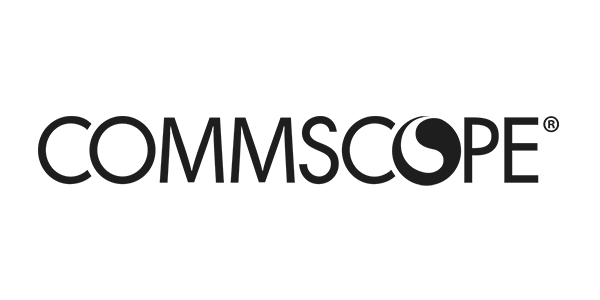ABM making waves in B2B tech marketing
Account-based marketing is growing in popularity in the business-to-business (B2B) tech industry, as vendors and service providers look to target their sales and marketing efforts more accurately.
According to the 2017 State of Account-Based Marketing Survey Report, 81 percent of B2B marketers had an account-based marketing (ABM) program in place. The concept behind ABM is to identify and target specific companies who are a good fit for your products and services, and produce customized contents that addresses their specific needs.
The first step is to identify the target accounts, and this effort is typically done in collaboration with the sales team. They can include previous or existing customers, your customers’ competitors, companies you have already have interacted with, or those you have identified as having a demand for your product and services. For example, a retailer rapidly expanding in a new national market would be a good match if you sold SD-WAN services.
Personal focus
In addition, within these accounts, you should identify specific decision makers to focus your marketing efforts on. This is essential because there is rarely a single decision maker within the target account and this allows your ABM efforts to target all of them in your campaign. Again, you should identify these contacts with the sales team, and they can change during the campaign, as you get more information about the account.
This personal focus also allows the sales team to send very targeted messages to the contacts you identified. In fact, the ABM survey above found that 80 percent of B2B marketers used 1-to-1 email outreach, 71 percent used the telephone, 71 percent used social media, and 65 percent used blogs. So although ABM is a hot topic, it uses traditional techniques to engage with your prospects.
Multi-pronged approach
Of course, ABM isn’t the only way to focus your marketing efforts. For example, creating marketing personas also allows you to focus your marketing efforts by creating different types of content for different personas. In fact, most companies will have several different marketing strategies running at the same time. This allows you to both target accounts that you have identified as well as those you haven’t.
One big difference between traditional B2B marketing and ABM is that the latter flips the traditional marketing funnel. Traditionally, marketing produces materials designed to attract leads into the top of the funnel. These then are qualified by marketing, then by sales, eventually becoming an opportunity and then hopefully a client. At different points in the funnel you will produce different types of content, such as awareness and nurturing to match the different phases. Of course, the issue remains that the leads that marketing attract might be the wrong sort of leads. For example, a company might have multiple decision makers, but only one is a lead, and may not be the right person for the sales person to convert.
Revenue generation
Using an ABM approach, only specifically identified companies actually go into the funnel. So instead of being focused on attracting and qualifying leads, marketing works with sales to produce specific content and messages that nurture these targets until they convert into clients. This is reflected in the fact that revenue generation is the main goal of ABM campaigns for 45 per cent of respondents in the survey mentioned earlier.
Futurity Media has provided content for a range of different ABM campaigns producing targeted blogs, presentations, animations, email communications and ebooks. Contact us to find out how we can create compelling content for your ABM campaign.
Author:

![Create the ideal white paper in eight weeks [infographic]](https://www.futuritymedia.com/wp-content/uploads/2020/02/Futurity-Whitepaper-Timeline-Graphic-v6-header.jpg)

![New to ABM? Follow these 5 steps to drive complex sales [UPDATED]](https://www.futuritymedia.com/wp-content/uploads/2023/04/shutterstock_1225782988.jpg)



















